
Lot 111
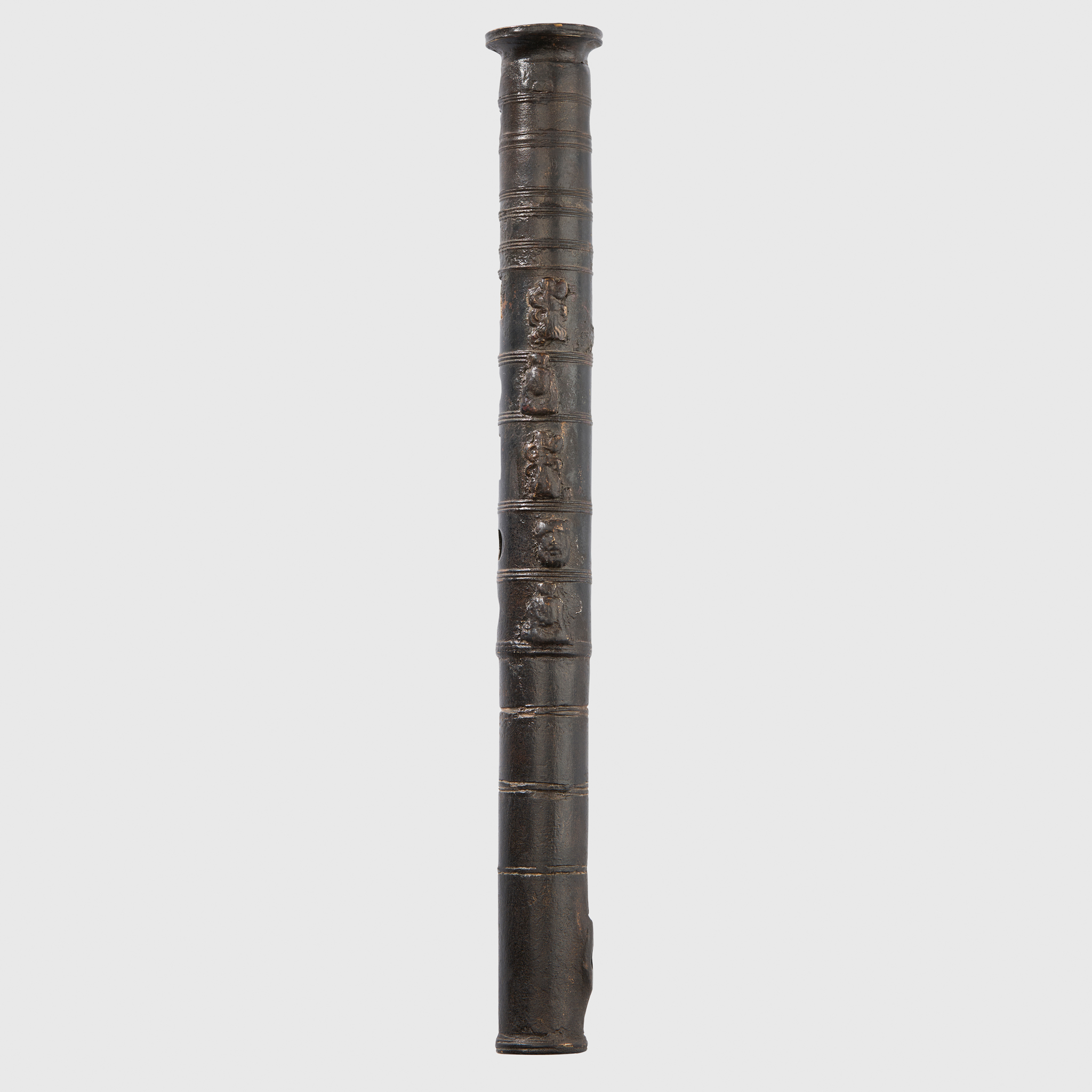
ROMAN BRONZE FLUTE
C. 2ND CENTURY A.D.
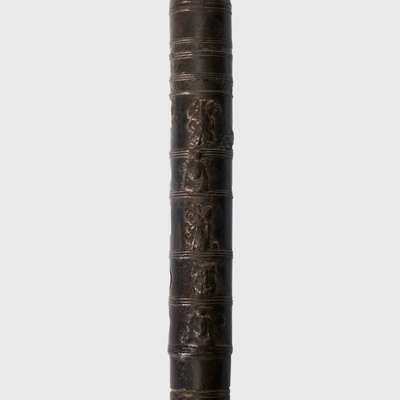
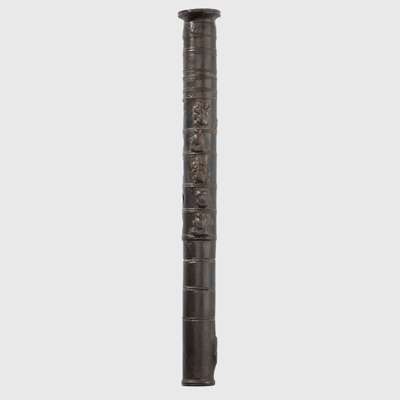
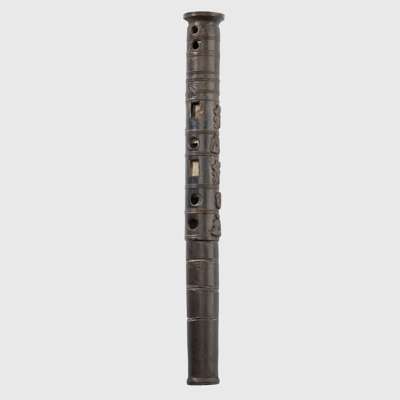
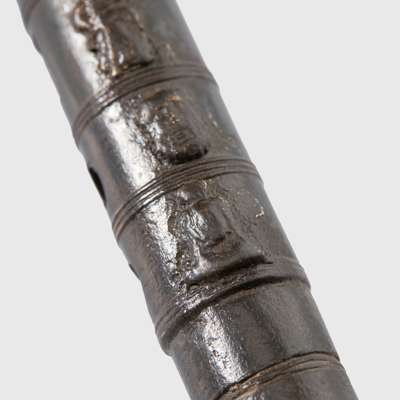
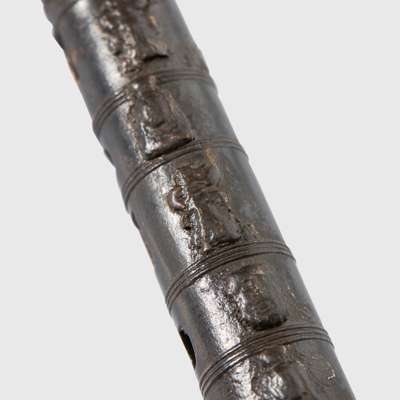
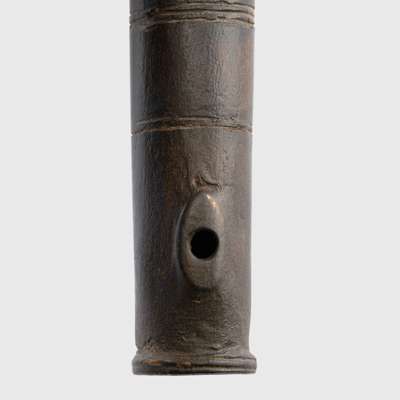
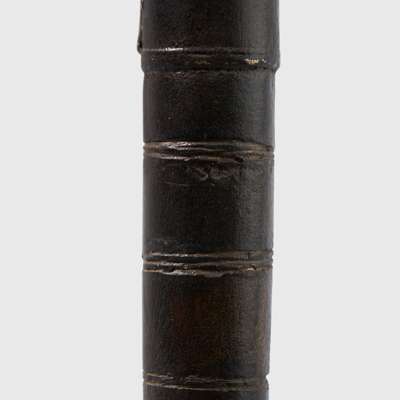



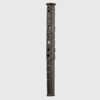
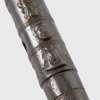
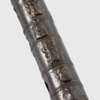
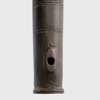
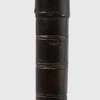
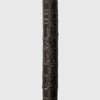
African & Oceanic Art, Natural History and Ancient Art
Auction: 30 July 2025 from 14:00 BST
Description
cast bronze and bone, of cylindrical form, the instrument features a series of finger holes on the upper register, including two rectangular and four circular apertures, one of which retains an inset of pale bone inlay, the opposite face of the body is adorned with separately applied figural motifs, framed within the ribbed segments
Dimensions
27.1cm long
Provenance
Private collection, London, United Kingdom, acquired on the UK art market
Previously part of a Japanese collection, formed 1970-2010
Footnote
During the Roman period, flute-making reached a high level of skill. Makers drilled small, unevenly spaced fingerholes to produce whole and half tones. A cone-shaped reed insert was used to fine-tune pitch, though the exact note mostly came from the hole positions rather than how they were played.
Tibiae pipes, like the pair found in Pompeii (Hagel 2012), had a bone core wrapped in layers of silver and copper or copper alloys. The metal covered the bone completely, creating a strong, double-layered pipe. Fingerholes were placed precisely for accurate tuning, and rotating metal rings with side holes were added to adjust sound.















